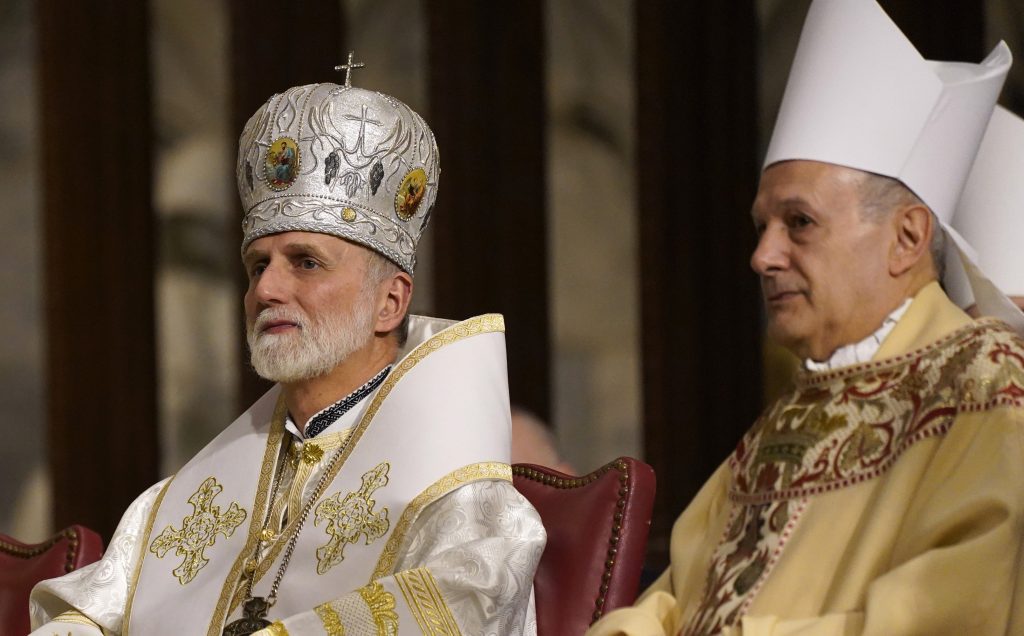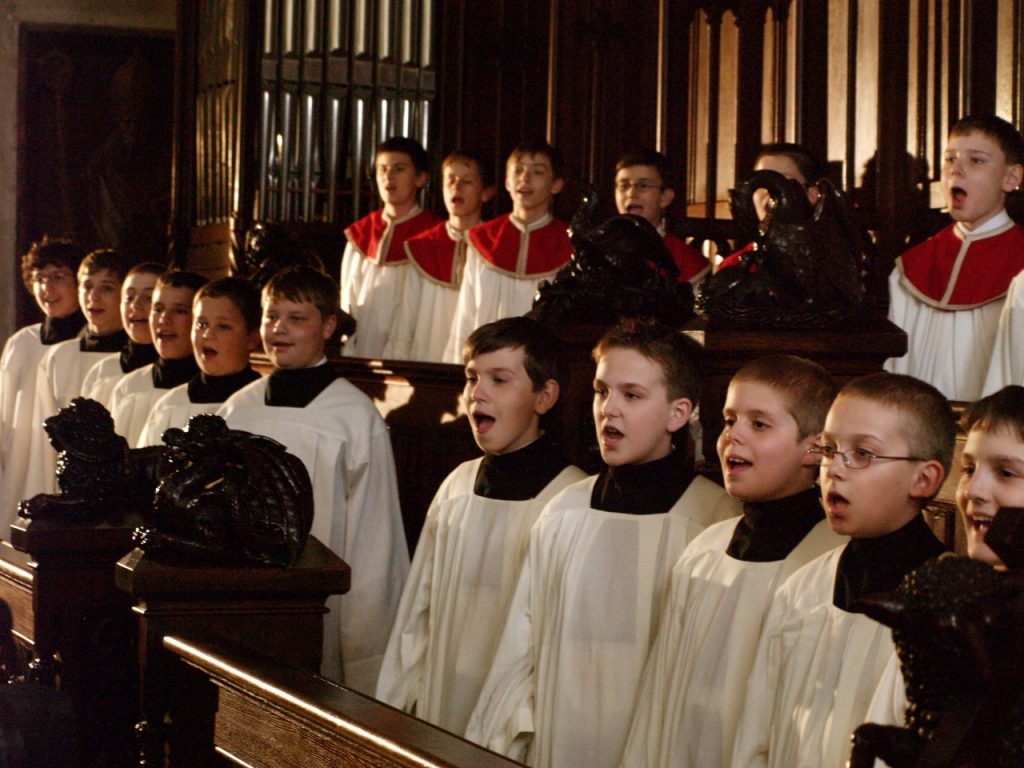
KINGSTON – May 11, 2022 – For the first time since 2014, the acclaimed Bratislava Boys Choir from Bratislava, Slovakia will return to Northeastern Pennsylvania for concerts in Kingston and Scranton.
The first performance is scheduled for St. Ignatius Church, 339 N. Maple Ave., Kingston on Wednesday, May 11 at 7:00 p.m. A second will be held at St. Peter’s Cathedral, 315 Wyoming Ave., Scranton on Thursday, May 12 at 7:00 p.m. Both concerts are free and open to the public. Donations will be accepted.
While in Northeastern Pennsylvania, the boys – ranging in age from ten to eighteen – will experience local history and culture as they spend two nights with host families and enjoy visits to Steamtown and the Lackawanna Coal Mine Tour.
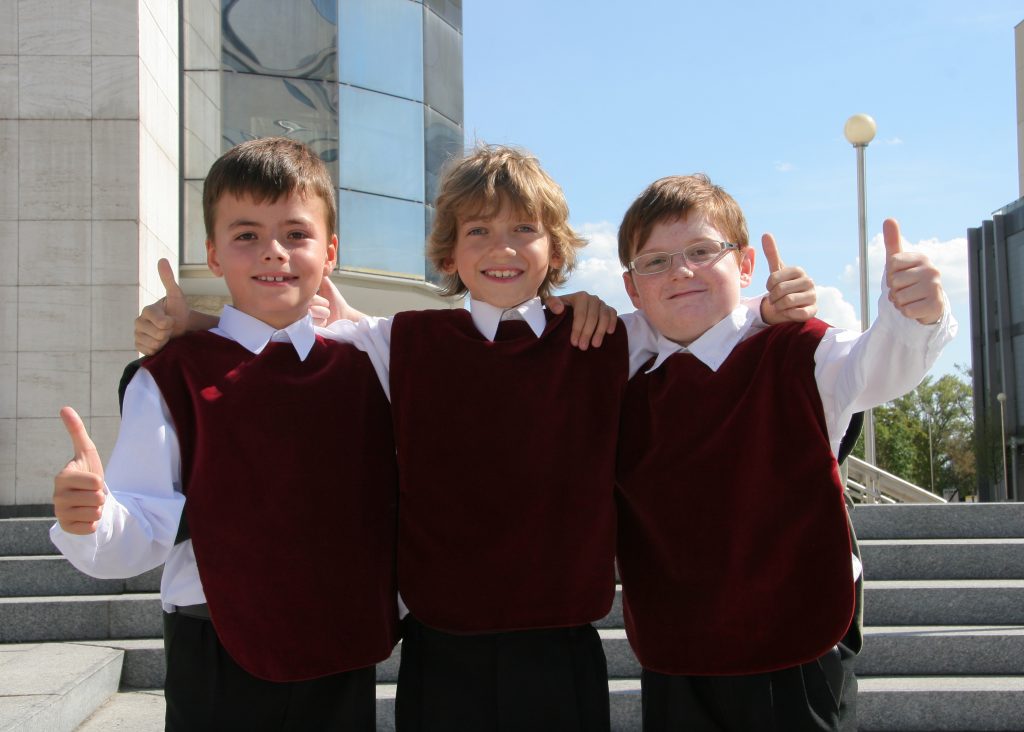 Founded by Dr. Magdaléna Rovňáková in 1982, the Bratislava Boys Choir is part of a private music school enrolling about ninety students ages seven through twenty-eight. The choir’s repertoire features a wide variety of both sacred and secular works including Gregorian chant, Renaissance polyphony, concert Masses, arrangements of folk songs, and works by contemporary composers. The widely traveled choir has collaborated with the Slovak Philharmonic, the Vienna Symphony, and the Slovak Radio Symphony Orchestra in addition to recording seven compact discs. The boys have been featured in the soundtracks of several films.
Founded by Dr. Magdaléna Rovňáková in 1982, the Bratislava Boys Choir is part of a private music school enrolling about ninety students ages seven through twenty-eight. The choir’s repertoire features a wide variety of both sacred and secular works including Gregorian chant, Renaissance polyphony, concert Masses, arrangements of folk songs, and works by contemporary composers. The widely traveled choir has collaborated with the Slovak Philharmonic, the Vienna Symphony, and the Slovak Radio Symphony Orchestra in addition to recording seven compact discs. The boys have been featured in the soundtracks of several films.
The Bratislava Boys Choir’s visit to Northeastern Pennsylvania is presented by the Slovak Heritage Society of Northeastern Pennsylvania in cooperation with World Artists Experiences and the Embassy of Slovakia.
For more information, contact Michael Stretanski at 570-817-3430, Raphael Micca at rdmicca@aol.com, or visit www.facebook.com/worldartistsNEPA.

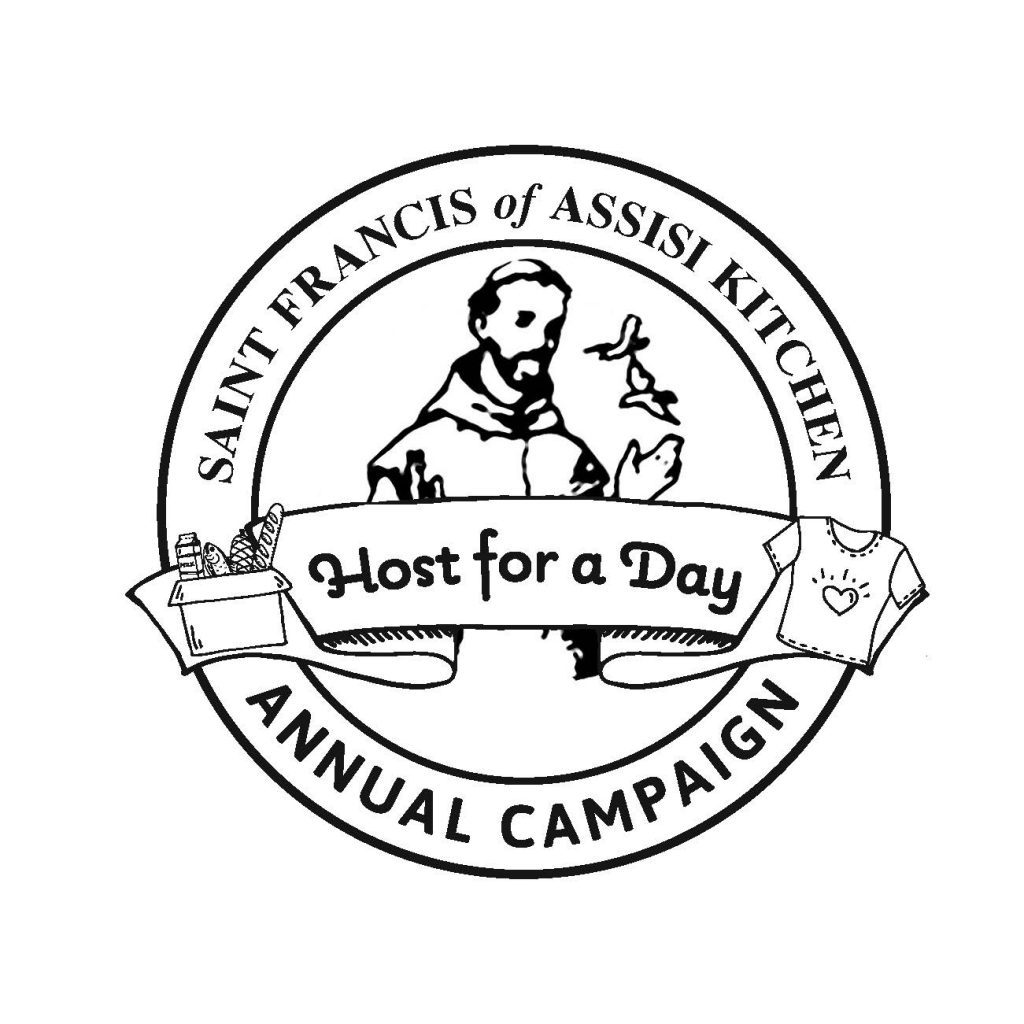

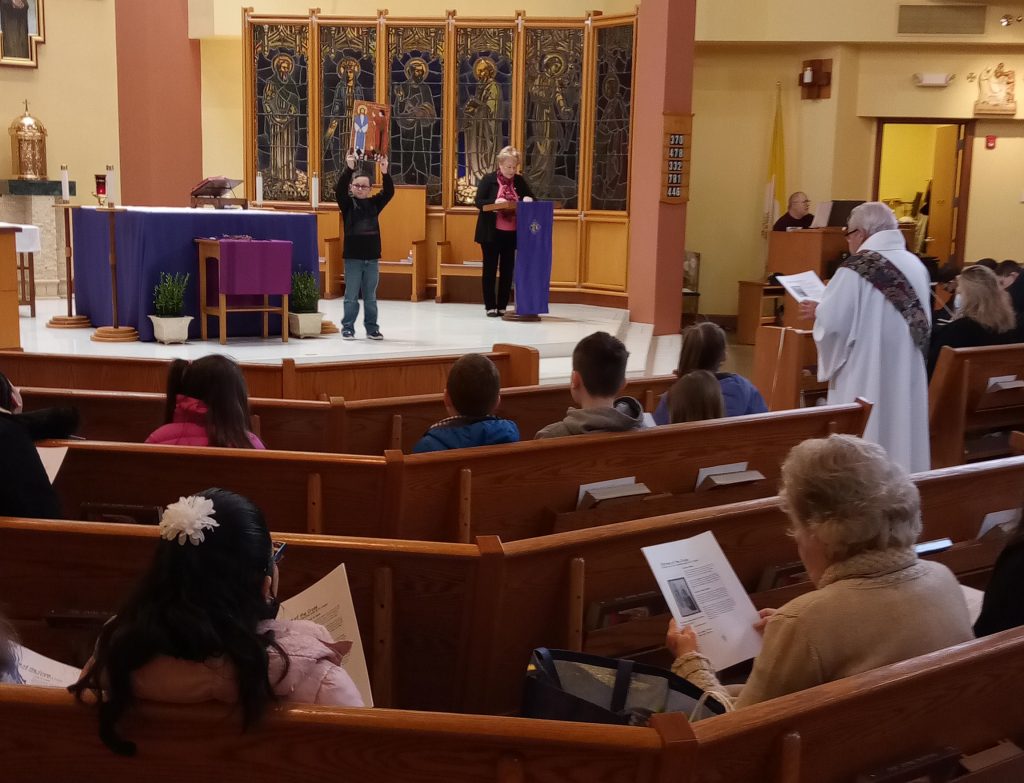

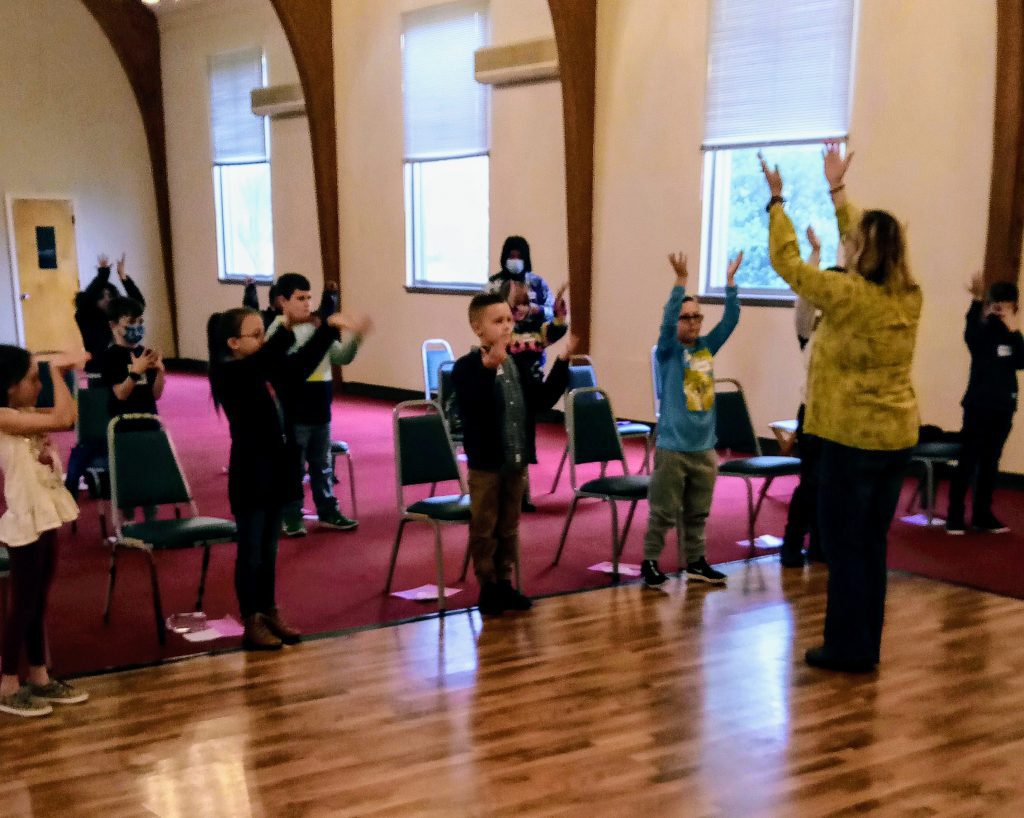
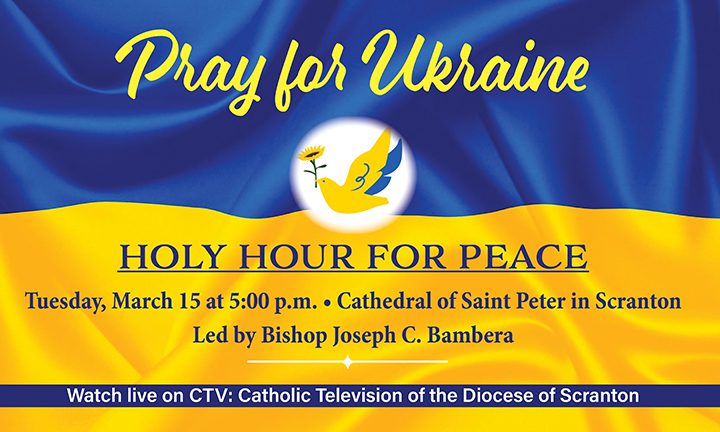 SCRANTON (March 11, 2022) – As Russia continues to widen its attacks on major cities across Ukraine, all people in northeastern and north central are invited to come together in prayer for our brothers and sisters who are suffering.
SCRANTON (March 11, 2022) – As Russia continues to widen its attacks on major cities across Ukraine, all people in northeastern and north central are invited to come together in prayer for our brothers and sisters who are suffering.